
Ed Ou spent four months in 2013 photographing Inuit communities in Nunavut, the northernmost territory of Canada. Here, many are cut off from the rest of the country — and food and supplies are brought in at an extremely high cost by land and sea. Because of this, the Inuit often depend on hunting for food. Environmental groups regularly criticize them for hunting species claimed to have dwindling populations such as narwhal, belugas, seals and polar bears. In the U.S., Washington has pushed for a global ban on the commercial trade of polar-bear fur, meat and body parts. But the Canadian government opposes this on behalf of the Inuit.
Editor’s note: Given the isolation of the communities in the north of Canada, Ou helped offset the high costs of embedding himself with the Inuit community and contributed money for gas, groceries, heating, Internet and other expenses.
Ed Ou’s pictures are hard to look at. A polar bear emerges from the water, drenched in blood, turning its white fur crimson. Then the dead bear sprawled on the rocks, legs spread and jaw open, as if it were simply caught by surprise, even while the hunters begin the process of butchering the carcass. Finally the bear’s pelt, cleansed of blood, drying in a bathtub.
Polar bears have become the living symbols of climate change, with reason — as the planet warms, the sea ice that the bears use as hunting platforms is melting, putting the animals at risk. The idea of hunting and killing an animal that is listed as an endangered species, one that’s already under pressure from climate change, seems wrong on its face, like crimson blood on white fur.
But look closer at those pictures. Ou, a Canadian, traveled to the Inuit homeland of Nunavut in the far north not to document a polar-bear hunt, but to explore a part of his own country that had always seemed foreign. In remote towns like Pangnirtung and Iqaluit, Ou found a culture grappling with extreme poverty, substance abuse and a legacy of mistreatment from the Canadian government, which for decades all but stole Inuit children from their parents, sending them to residential schools where they were forbidden to speak their own language or practice their own culture. The last residential schools were only shut down in 1996, but the effects are still being felt among the Canadian Inuit whom Ou went to document, compounded by the extreme isolation of the Arctic and the painful transition from a traditional subsistence-hunting culture to a sedentary way of life. “Trauma has been passed down from one generation to the next,” says Ou. “Alcoholism is high, drug abuse is high, suicide rates are high. It’s a very traumatized place.”
In his photos, Ou shows Inuit like Kelly Amaujaq Fraser, a young woman who was sexually abused as a young girl, and whose father killed himself when she was just a teenager. Ou shows a near-empty refrigerator, the product of a place where unemployment is in the double digits, and where a simple carton of milk can cost more than $10. Given those bleak conditions, it’s not surprising that the Inuit would hunt polar bears, as their ancestors did before them — albeit not with high-powered rifles. A single polar-bear pelt can fetch more than $10,000 on the open market, and the meat can feed dozens of hungry people. As distasteful as the sight of a butchered polar bear might be to outsiders, to the Inuit, it’s a matter of survival — and of culture. “They feel their ability to hunt is one of their last sources of subsistence,” says Ou. “Before you judge them, you have to understand the socioeconomic factors driving this.”
That doesn’t mean it’s right to allow polar-bear hunts to continue. It’s unclear just how many polar bears are left, and the continued effects of climate change will almost certainly drive the species closer to extinction if nothing is done to save them. But it doesn’t seem that the burden should fall on the Inuit, who’ve already paid such a high price. “They ask, ‘Why do we have to pay the highest price for global warming when we contribute the least?’” says Ou. Justice is something else that’s endangered in the Arctic.
Ed Ou is a photographer with Reportage by Getty Images
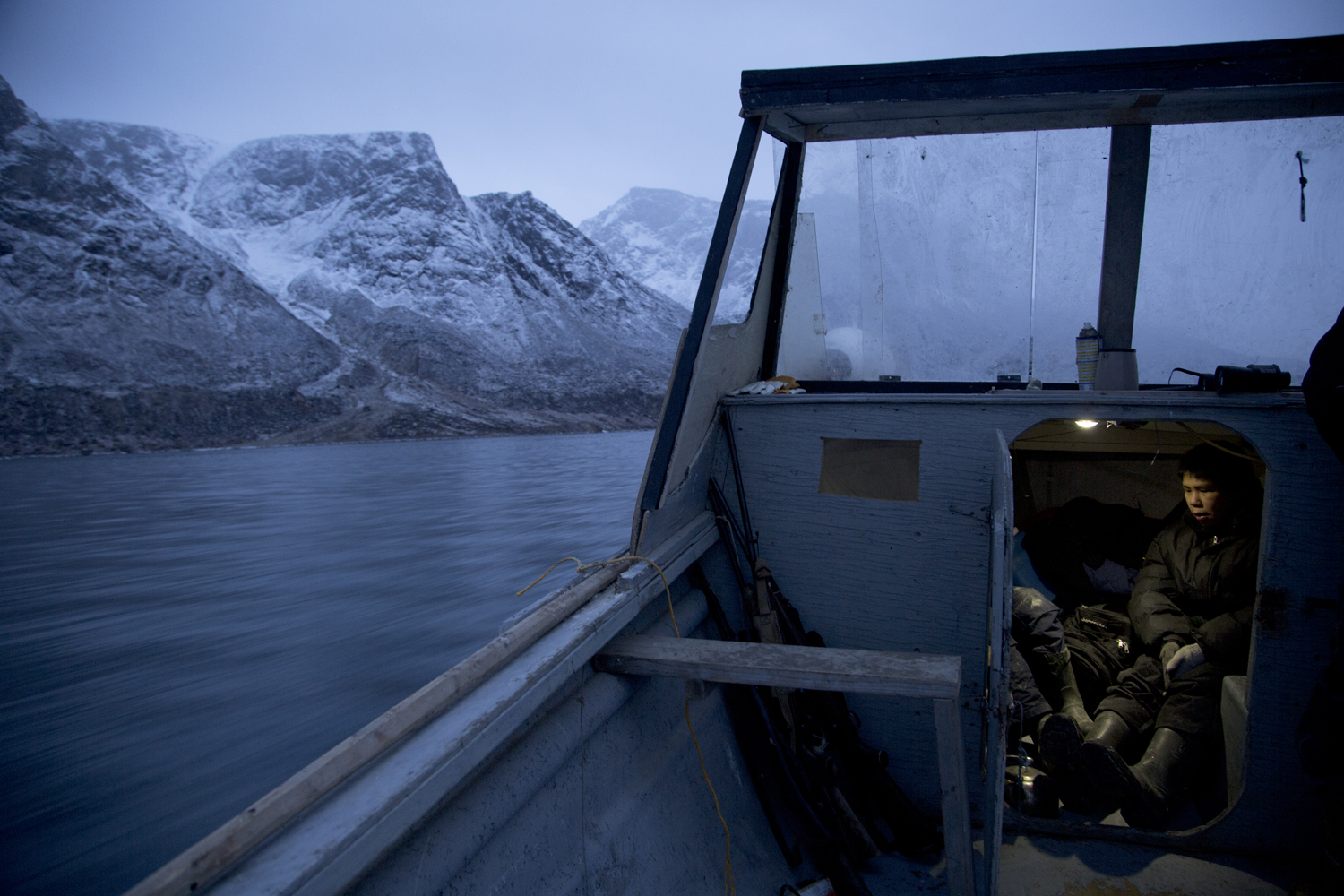
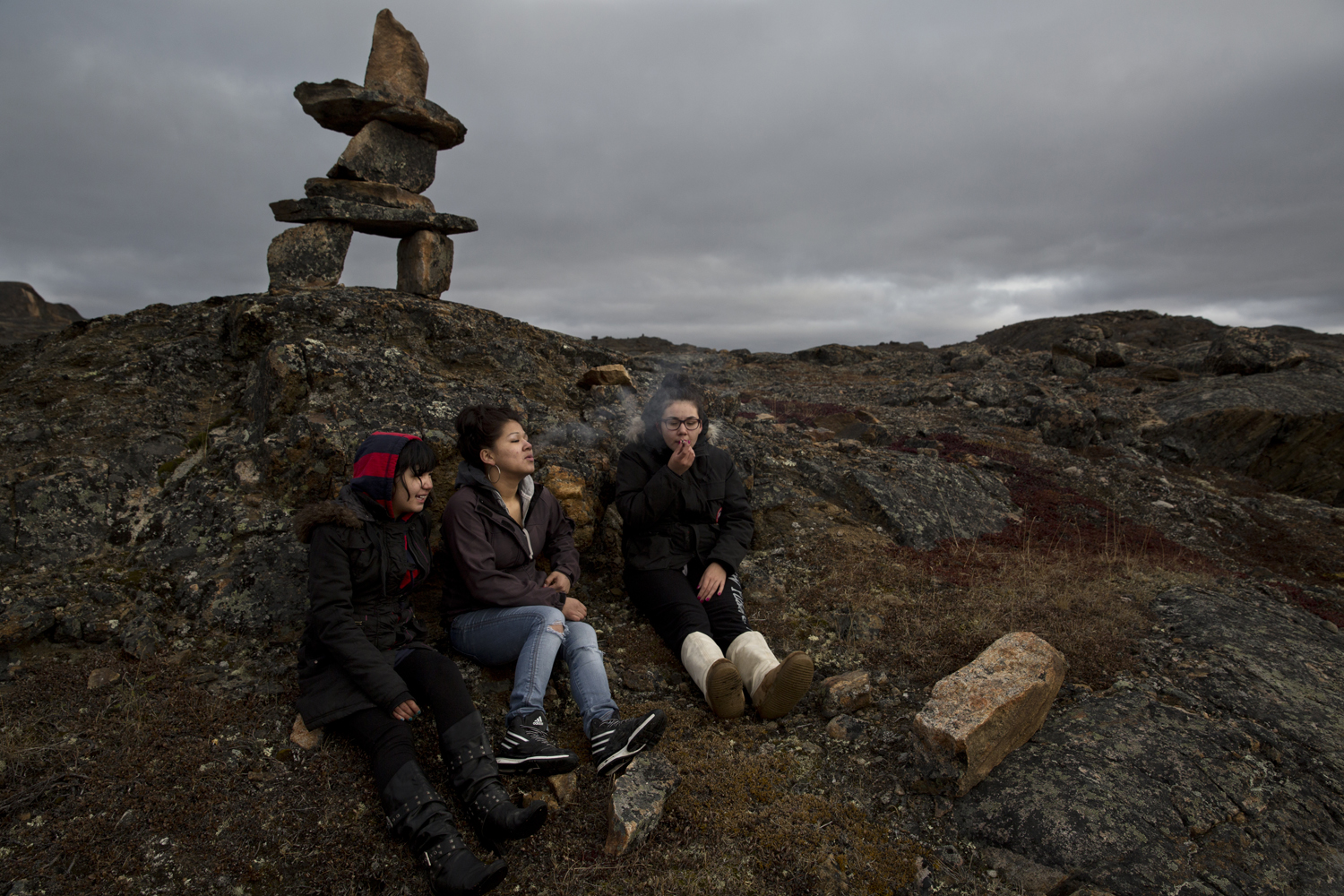



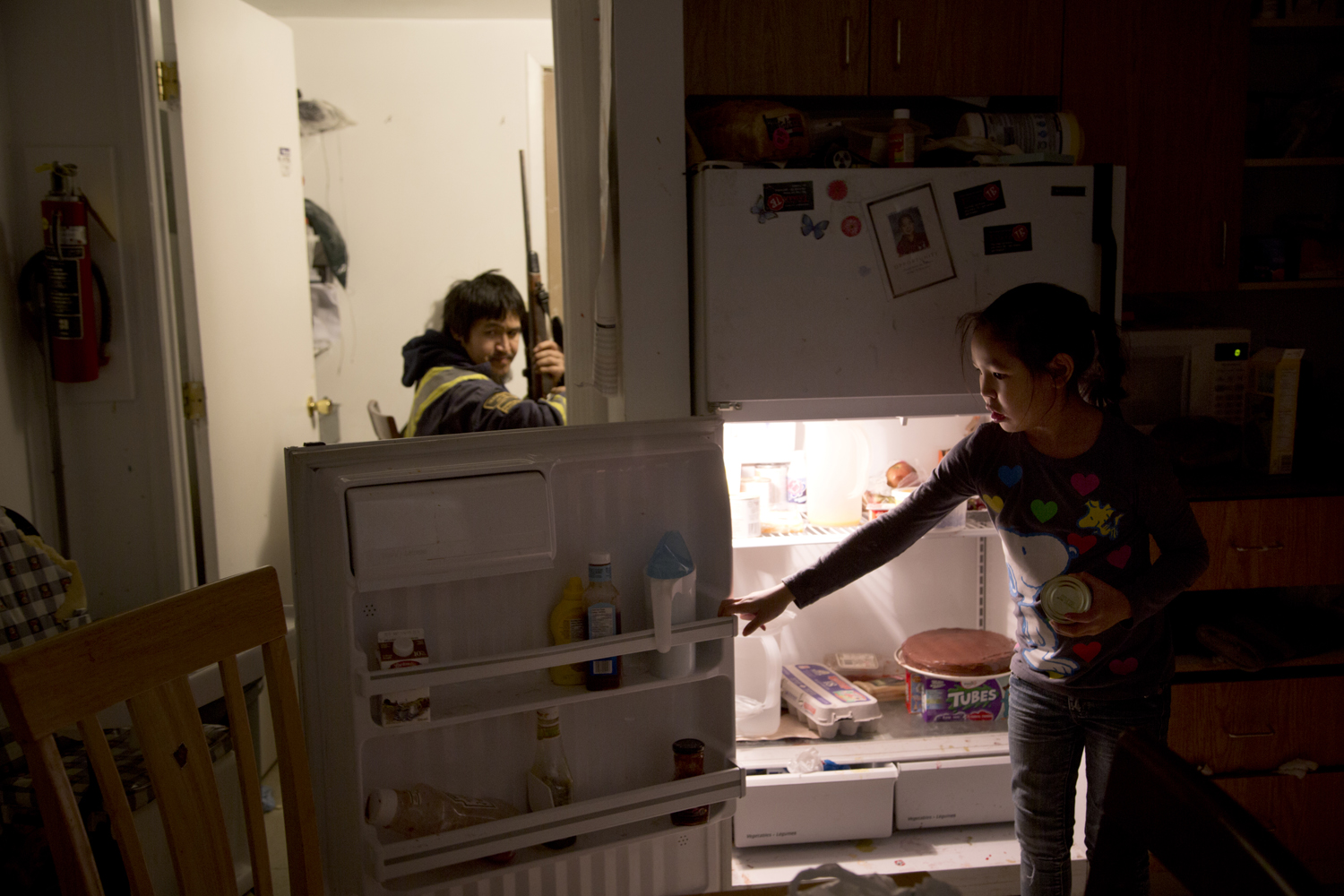


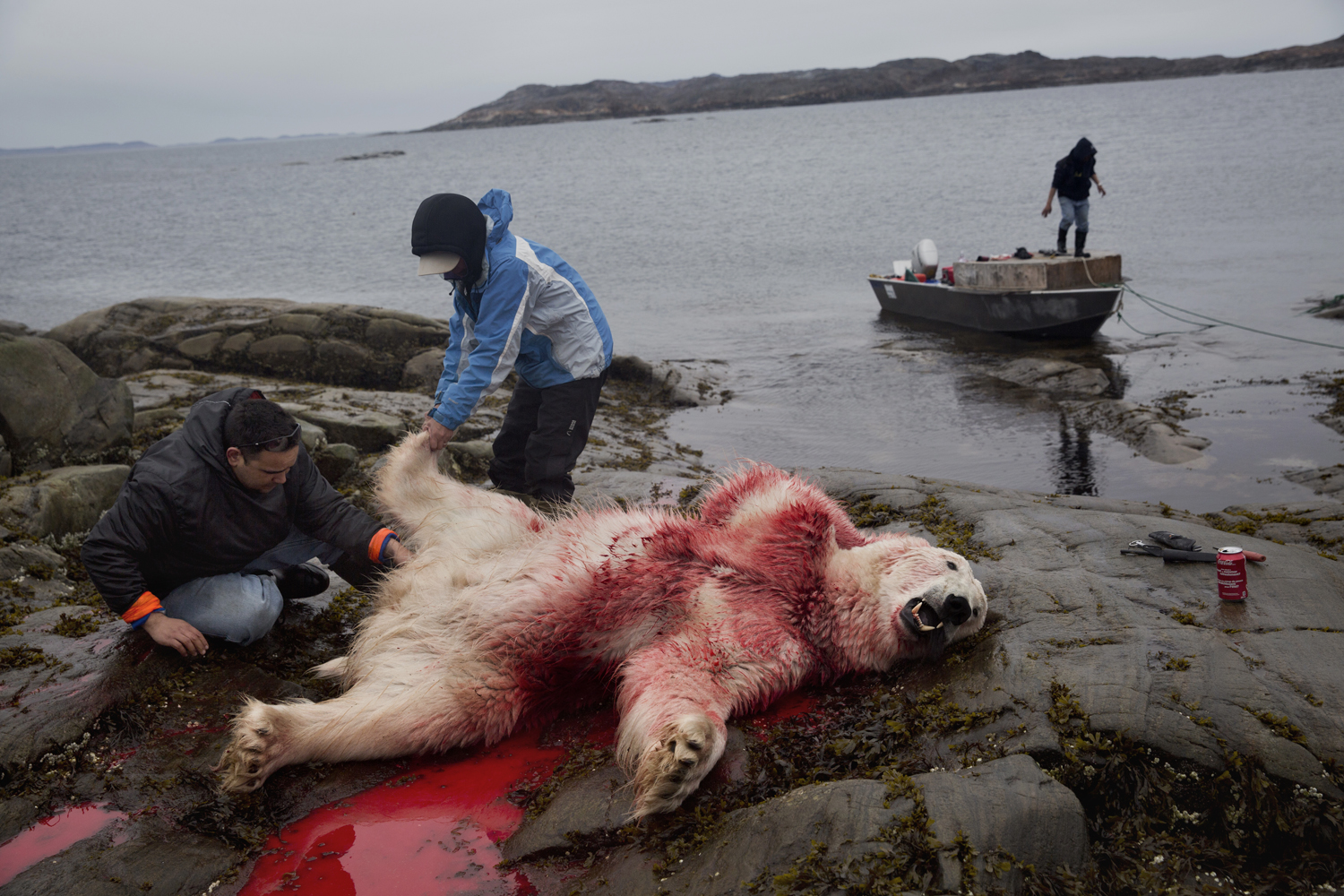

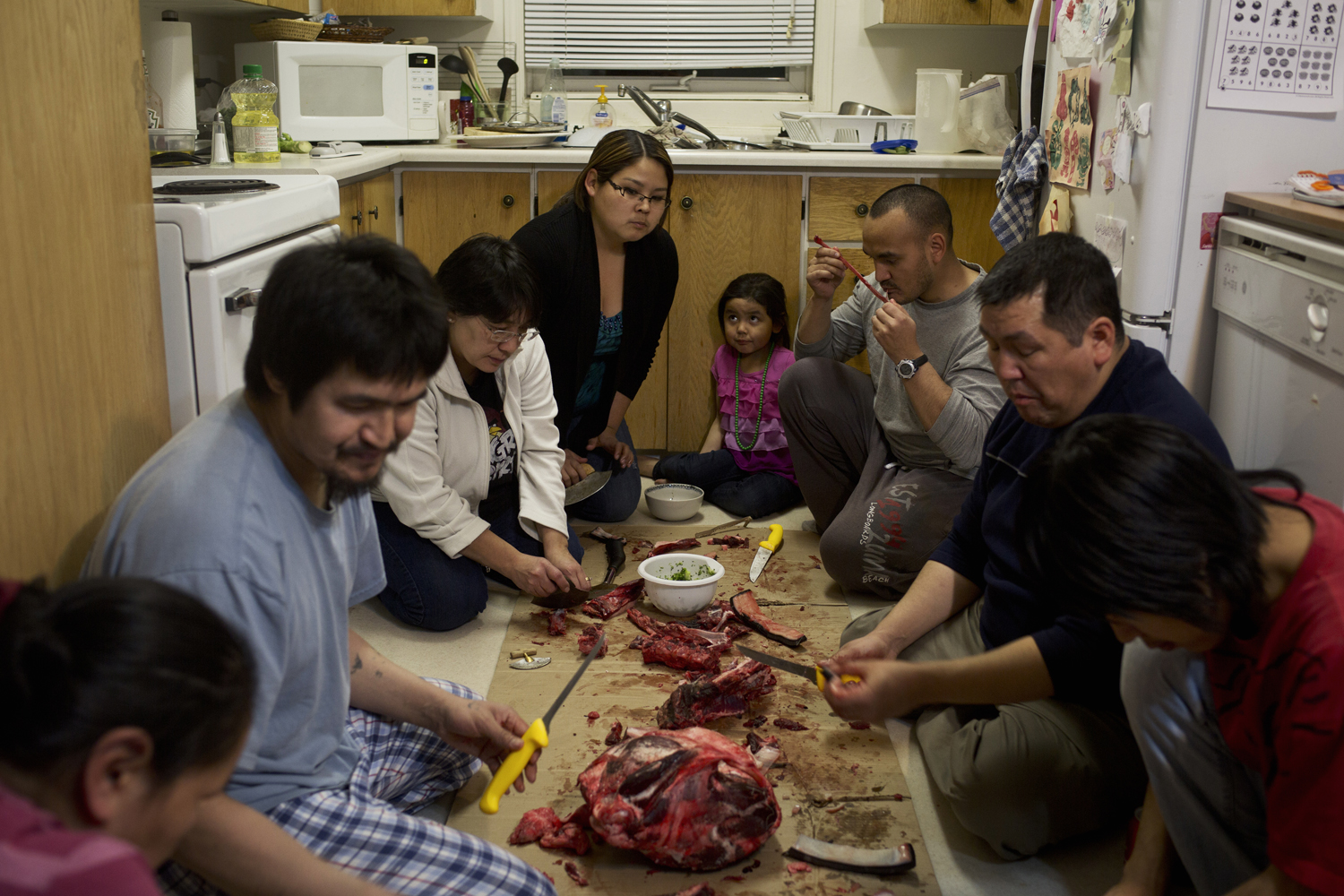
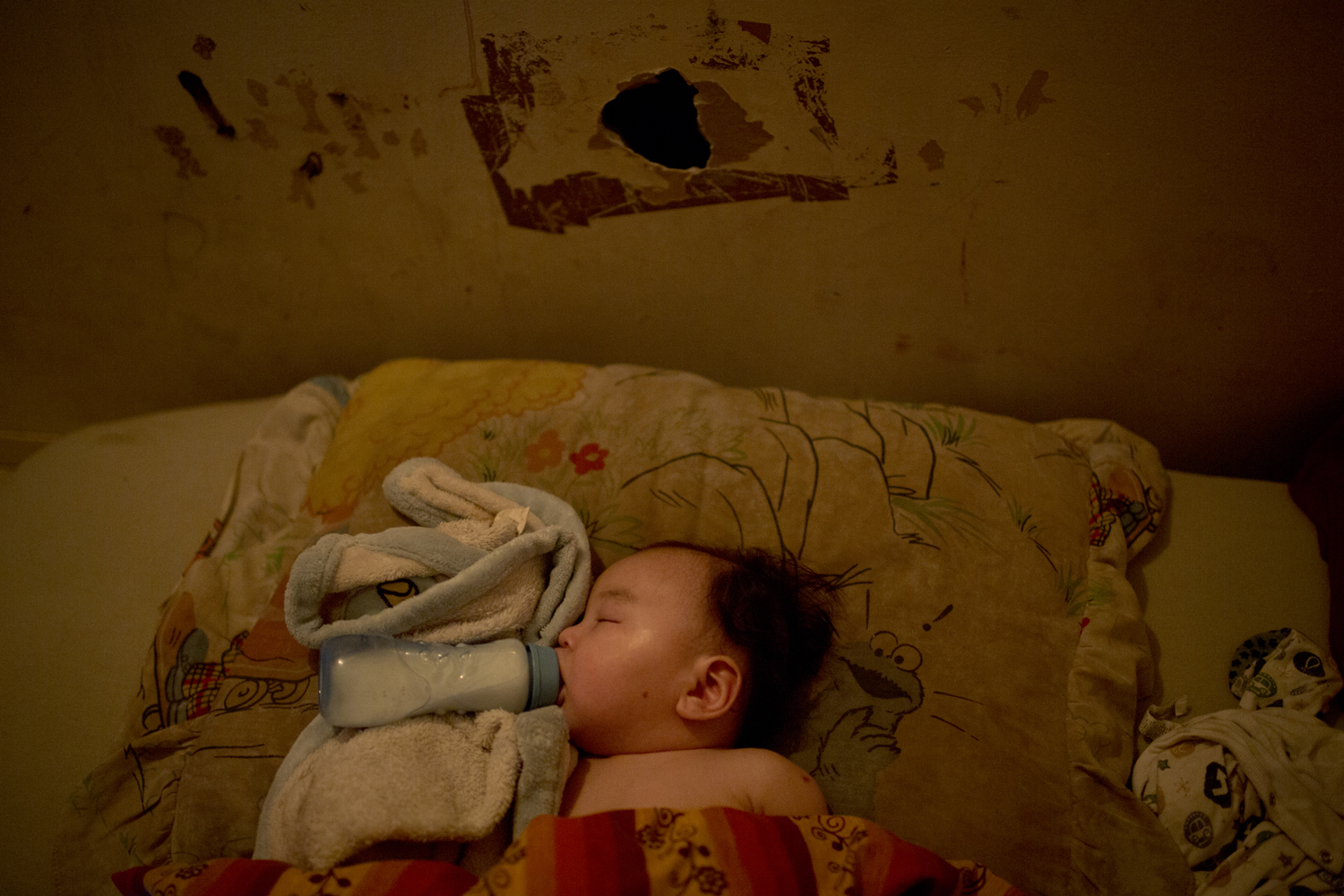


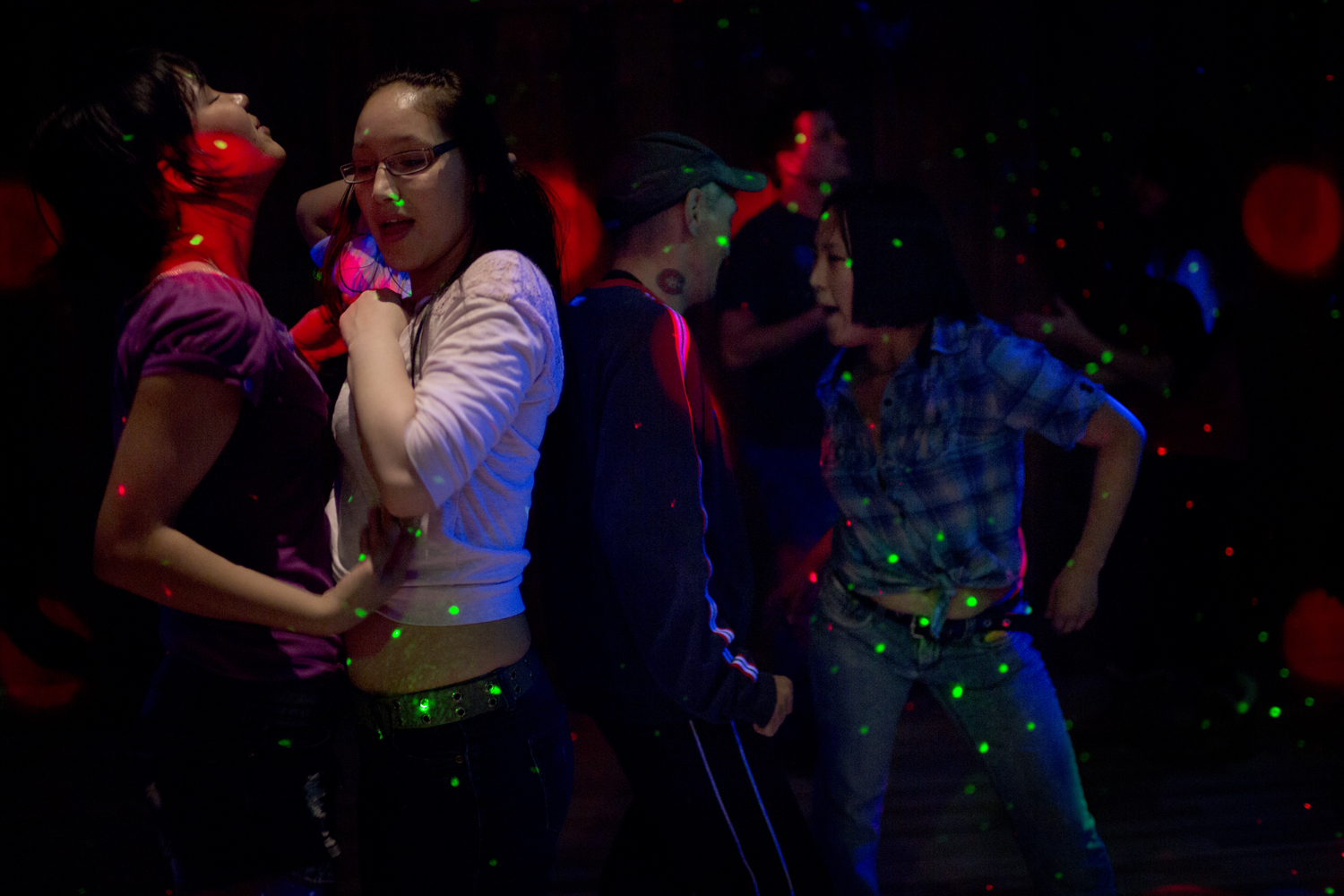

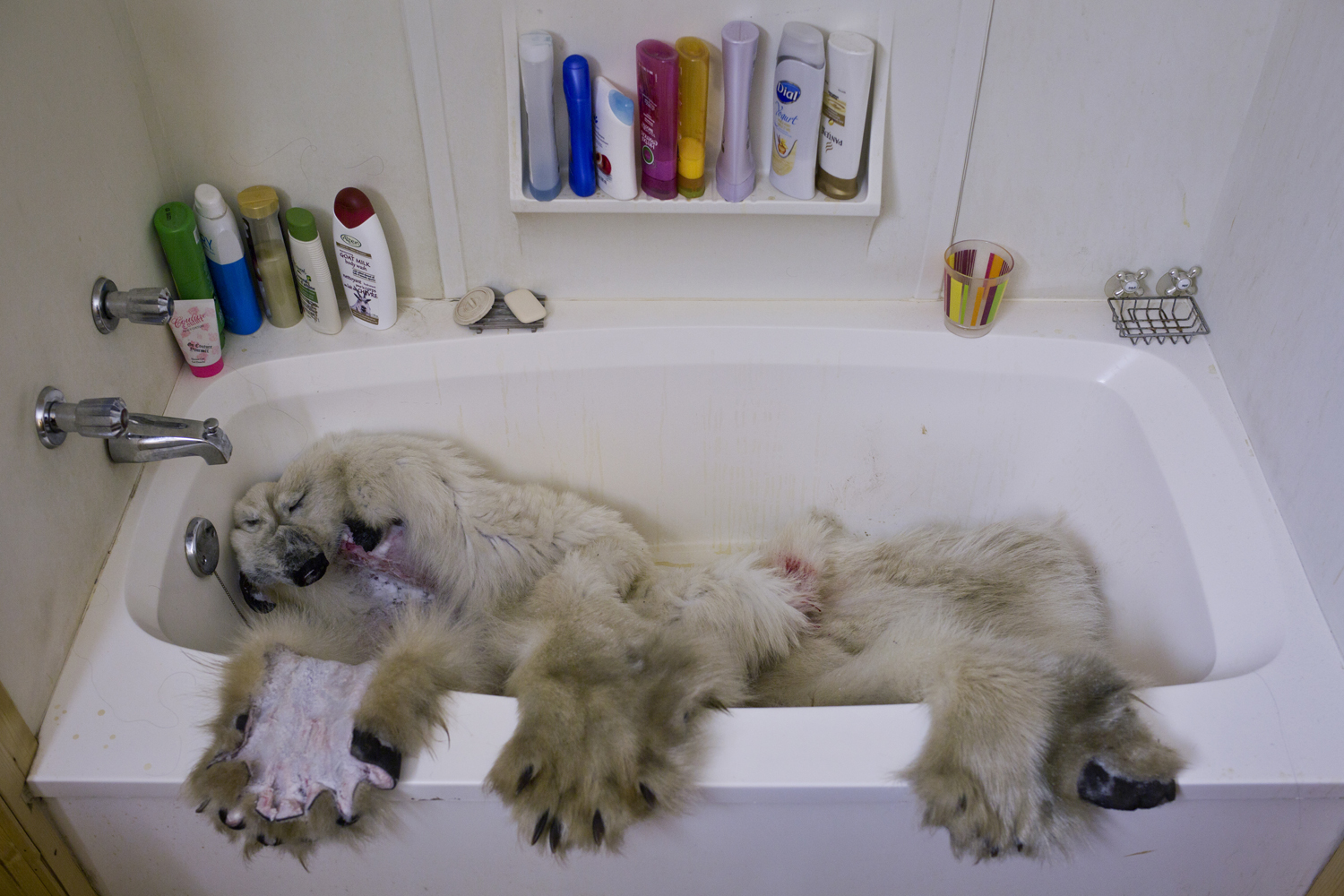
More Must-Reads from TIME
- Why Biden Dropped Out
- Ukraine’s Plan to Survive Trump
- The Rise of a New Kind of Parenting Guru
- The Chaos and Commotion of the RNC in Photos
- Why We All Have a Stake in Twisters’ Success
- 8 Eating Habits That Actually Improve Your Sleep
- Welcome to the Noah Lyles Olympics
- Get Our Paris Olympics Newsletter in Your Inbox
Contact us at letters@time.com